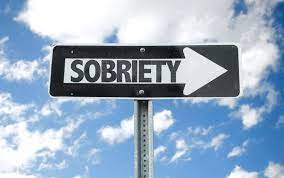The National Survey on Drug Use and Health estimates that more than 21 million Americans aged 12 and older have had a substance abuse disorder. Drug and alcohol addictions are common enough that if you haven’t experienced it yourself, someone you know most likely has.
Learning more about what substances are the most addictive can help you avoid developing an addiction problem in the future. If you are worried you might already have an addiction, this information might help you realize when it is time to get help.
What Is a Substance Addiction?
A substance addiction is a disease that impacts your brain and behavior. It is characterized by an inability to control your use of the substance. Addictive substances activate the pleasure center of the brain, which can cause someone to continue to use that substance repeatedly to get that experience or feeling.
What Are the Most Addictive Substances?
The National Institute on Drug Abuse regularly conducts studies and analyzes data regarding addictive substances. It has found that the top five most addictive substances include the following:
1. Alcohol
Alcohol is a legal substance and is one of the most abused. It enhances mood by altering dopamine levels, however it also works as a central nervous system depressant.
2. Heroin
Heroin is an illegal drug that works by activating opioid receptors in a person’s brain, which blocks feelings of pain, increases feelings of relaxation, and induces a sensation of euphoria with the way that it impacts dopamine levels.
3. Nicotine
Nicotine is another legal substance that many people are addicted to. It triggers the brain’s reward center, which causes people to continue to use it and eventually become addicted.
4. Methamphetamines
Methamphetamines are powerful stimulant drugs that cause a euphoric high. It is a particularly dangerous type of drug because tolerance develops quickly.
5. Cocaine
Cocaine works by flooding the brain with dopamine, which is connected with pleasure. The effects are short-lived, so it is a substance that can quickly become addictive.
Trying to Stay Sober?
Tharros House is a sober living home that can help you live a sober life more enjoyably and effortlessly. Contact us today to learn more.







